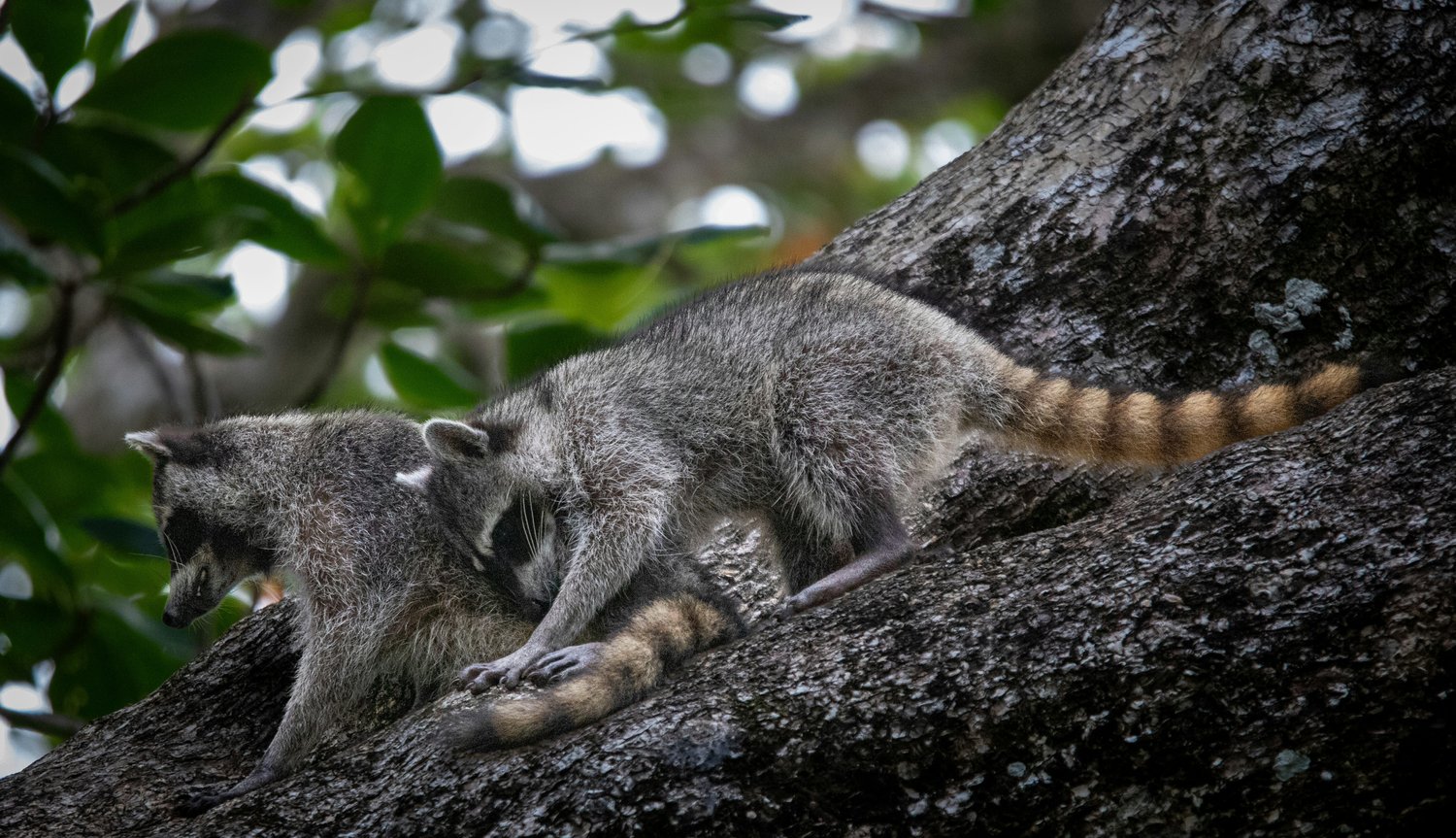Image: https://unsplash.com/photos/a-couple-of-raccoons-sitting-on-top-of-a-tree-ddWOBXW9FuM
Ever felt like your pet was trying to tell you something but the message got lost in translation? It’s not just about barking, purring, or wagging tails—animals communicate in ways that are subtle, profound, and often overlooked. Learning the basics of animal communication with the best animal communication courses can transform the way you connect with animals, building a bond that goes far beyond words.
Understanding Animal Communication: More Than Just Cues
Animal communication isn’t some mystical talent reserved for a select few. It’s a skill—just like learning a new language—that anyone can develop with time and practice. At its core, it’s about tuning in. Animals express their thoughts and feelings through a mix of body language, energy, vocalizations, and even telepathic impressions. Yes, telepathic! While it might sound far-fetched, many believe animals can send thoughts and images directly to us if we’re open to receiving them.
Think about the last time your dog stared at you with those soulful eyes or your cat curled up next to you at just the right moment. Coincidence? Maybe not. Animals are constantly communicating, and learning to pick up on their signals is the first step toward bridging the gap.
Start with Observation
Before diving into the deeper realms of animal communication, start simple. Observation is the foundation. Spend time watching animals without judgment or expectation. Notice the way they move, the expressions they make, and how their energy shifts in different situations.
For example, a dog’s wagging tail doesn’t always mean happiness—it depends on the speed, height, and context. Similarly, a horse’s ears flicking back and forth could indicate curiosity, anxiety, or even irritation. The more you observe, the more you’ll recognize these subtle cues.
Here’s a tip: try observing animals in a relaxed state. When they’re calm, it’s easier to notice their baseline behavior. From there, you can start picking up on what changes when they’re excited, scared, or curious.
Listening Beyond Words
Listening in animal communication isn’t about hearing words—it’s about feeling the message. Animals often communicate energetically, which means tuning into your intuition is key. Imagine quieting your mind, like turning down the volume on the noise of everyday life, and opening yourself to the unspoken.
Some people describe this as receiving a sudden image, word, or emotion that feels like it comes from the animal. Others find it’s more like a gut feeling—a knowing that can’t quite be explained but feels undeniable. Either way, this step requires trust. Doubt tends to block the flow, so staying open-minded is essential.
Build a Two-Way Connection
Communication isn’t just about receiving messages; it’s about sending them too. Start by practicing simple, intentional messages with your pet or an animal you know well. For instance, if you’re taking your dog for a walk, pause for a moment and clearly imagine the walk in your mind—visualize the path, feel the excitement, and send the thought toward your dog.
Pay attention to their reaction. You might notice a subtle shift, like their ears perking up or them moving toward the door. These small responses are the building blocks of understanding.
Meditation: Your Secret Weapon
Meditation isn’t just for yogis—it’s a game-changer for anyone wanting to connect with animals. Quieting the mind helps cut through the clutter, making it easier to tune into the animals around you. Start with just five minutes a day. Sit in a quiet space, focus on your breath, and imagine yourself in a calm, open state.
If you can, spend this time with an animal nearby. You might be surprised at how they gravitate toward you when your energy softens. Animals are incredibly intuitive and often respond to our emotional states. A calm, centered mind invites trust and connection.
Practice with an Open Heart
Like any skill, animal communication improves with practice. Begin with animals you feel comfortable with—pets, shelter animals, or even birds in your backyard. Over time, expand your practice to unfamiliar animals.
One powerful way to grow is by practicing with animals at a distance. Look at a photo of an animal and see if you can sense their energy or emotions. Write down what comes to mind, even if it feels silly. Often, those initial impressions turn out to be surprisingly accurate.
Embracing the Journey
Animal communication isn’t about perfection; it’s about connection. There will be moments of doubt and times when you feel like nothing’s happening, but persistence pays off. Celebrate the small wins—the moment your pet responds to a thought or you intuitively understand what they need.
Remember, animals are incredibly forgiving teachers. They don’t expect you to get it right every time. What matters is the effort, the willingness to listen, and the love you bring to the process.
Why It’s Worth It
Learning to communicate with animals is more than a skill—it’s a gateway to a deeper relationship with the natural world. It teaches empathy, patience, and a sense of wonder that’s often missing in our busy lives. And let’s be honest: who wouldn’t want to understand the thoughts behind those adorable faces?
So, whether it’s your cat curling up at your feet, a bird chirping outside your window, or a horse grazing in a distant field, take a moment. Observe, listen, and open your heart. You might just discover a whole new way to connect with the animals that share our world.
Animal communication isn’t about being perfect; it’s about being present. And sometimes, that’s all it takes to hear what they’ve been saying all along.



